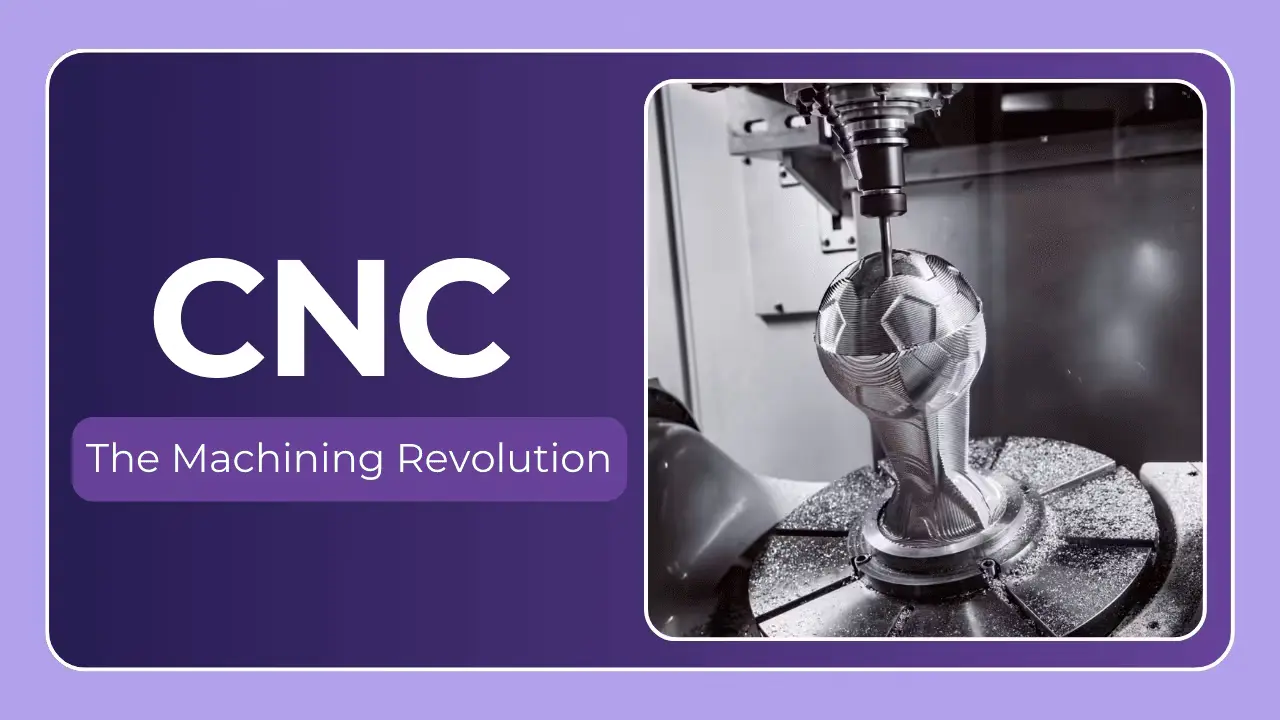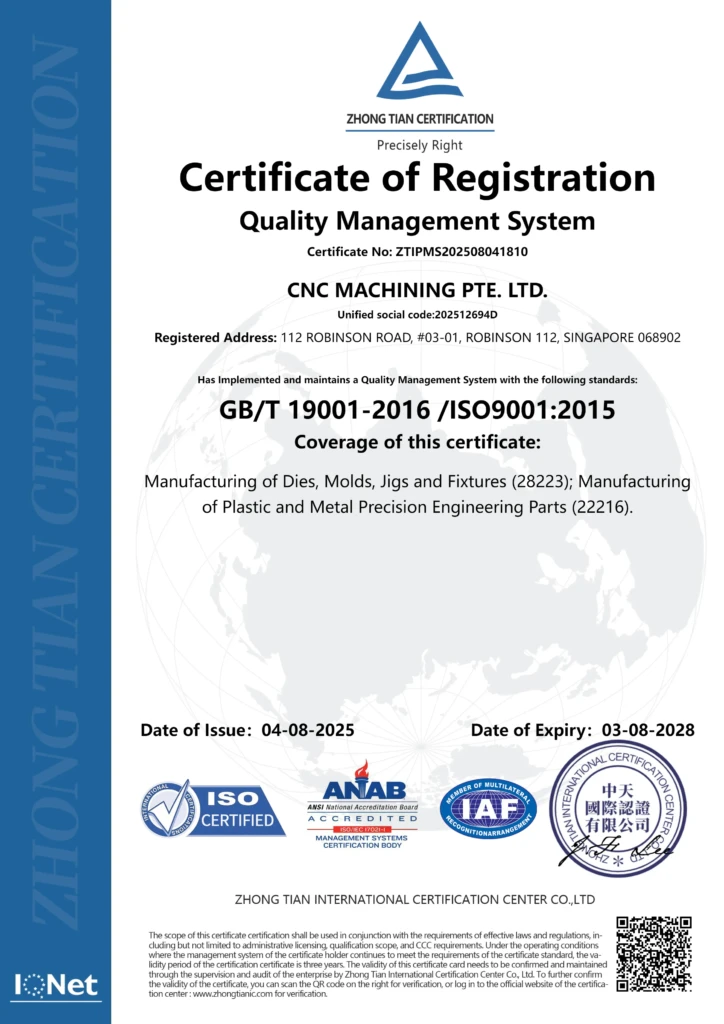Customized 3 Axis 4 Axis 5 Axis CNC Machining Parts: A Complete Guide
Understanding CNC Machining Axes: Capabilities and Applications
3 Axis CNC Machining
3‑axis CNC machining moves a cutting tool along the X, Y, and Z linear axes. It excels at producing flat surfaces, slots, and simple pockets in a single setup. Typical applications include brackets, panels, and early‑stage prototypes. However, complex angles or intricate undercuts require manual part repositioning, adding time and potential error.
4 Axis CNC Machining
By adding an A‑axis rotation, 4‑axis CNC machines can index cylindrical parts such as shafts, cam lobes, and gear blanks. This capability streamlines production of automotive pulleys, turbine blade preforms, and watch components—no secondary setup needed for machining around a cylindrical surface.
5 Axis CNC Machining
The pinnacle of flexibility, 5 axis CNC machining offers simultaneous B and C‑axis rotation in addition to linear movement. This enables one‑pass machining of aerospace impellers, medical implants, and complex molds with radiused corners. With tolerances as tight as ±0.005 mm and surface finishes down to Ra 0.4 µm, 5‑axis CNC parts eliminate multiple fixtures, cut cycle times by up to 60%, and reduce human error.
Key Industries Served by Multi Axis CNC Machining
| Industry | 3‑Axis | 4‑Axis | 5‑Axis |
|---|---|---|---|
| Aerospace | Structural brackets | Engine mounts | Turbine blades, complex airfoils |
| Automotive | Brake calipers | Driveshafts | Cylinder heads, suspension arms |
| Medical | Surgical tool handles | Orthopedic bone screws | Titanium spinal implants |
| Consumer Goods | Electronics enclosures | Watch components | Customized aluminum CNC parts |
How to Design Parts for CNC Machining
Design for Manufacturability (DFM)
- Avoid sharp internal corners: Use radii ≥ 1 mm to match end mill geometry.
- Limit deep, narrow cavities: Shallow pockets reduce tool deflection and chatter.
- Uniform wall thickness: Prevents distortion and overheating during high‑speed cutting.
Material Selection Guide
- Aluminum 6061: Lightweight, easy to machine, ideal for prototypes and consumer products.
- Stainless Steel 316: Excellent corrosion resistance for marine or food‑grade applications.
- Titanium Grade 5 (Ti‑6Al‑4V): High strength‑to‑weight ratio for aerospace and high‑performance automotive parts.
Cost Factors in Custom CNC Machining
Machine Setup Complexity
- 3‑Axis: Simple fixturing and toolpaths; typical rates of $50–$100/hour.
- 5‑Axis: Advanced toolpath generation and simultaneous multi‑face machining; rates of $150–$300/hour.
Material and Volume
- Aluminum parts: $20–$50 per unit in bulk; cost decreases with volume.
- Low‑volume titanium: $200–$500 per part due to material and tooling wear.
Post‑Processing
- Anodizing: $10–$30 per part for color and corrosion resistance.
- Powder coating: $15–$50 per part for durable finishes and branding.
Why Partner with Great Light for CNC Machining Parts?
Advanced Multi‑Axis Capabilities
- 5‑Axis DMG Mori machines: Achieve intricate contours and undercuts in a single setup.
- 4‑Axis Swiss‑type lathes: Mass‑produce precision shafts, fasteners, and micro‑components with live tooling.
One‑Stop Customization
- Rapid prototyping: Aluminum parts in 3–5 days for design validation.
- Surface finishes: Bead blasting, laser engraving, electropolishing, and passivation under one roof.
Certifications and Compliance
- ISO 9001: Quality management system.
- AS9100: Aerospace industry standard.
- ITAR‑registered: Secure handling of controlled aerospace data.
Step‑by‑Step: How to Order CNC Machined Parts
- Upload Your Design
Submit STEP, IGES, or STP files through our secure portal. - Select Material
Choose from 50+ metals and engineering plastics. - Review and Approve Quote
Receive transparent pricing, including DFM feedback for cost and lead‑time optimization. - Production
- 3‑axis parts: Delivered in 5–7 days.
- 5‑axis parts: Delivered in 7–14 days.
- Global Delivery
DHL, FedEx, or UPS shipping with real‑time tracking and customs support.
Troubleshooting Common CNC Machining Issues
Part Offsets and Zeroing
- Edge finders and touch probes ensure accurate work coordinate setting.
- Pre‑run CAM simulations prevent collisions and minimize scrap.
Surface Finish Defects
- Feed rate adjustment: For aluminum, aim for 0.05–0.1 mm/tooth.
- Tool selection: Diamond‑coated end mills deliver Ra < 0.4 µm mirror finishes on composites and plastics.
Future Trends in CNC Machining
AI‑Driven Process Optimization
- Predictive maintenance uses sensor data to schedule spindle bearing and ball screw servicing before failure.
- Real‑time adaptive control adjusts feeds and speeds based on tool load feedback.
Hybrid Manufacturing
- Combining 5‑axis CNC with DED (Directed Energy Deposition) additive heads enables near‑net‑shape builds followed by precision subtraction, lowering material waste by up to 70%.
FAQs: CNC Machining Parts Explained
How Many Parts Can a CNC Machine Produce Annually?
- 3‑axis centers: Up to 10,000+ parts per machine per year with automated pallets.
- 5‑axis centers: Excel in low‑volume, high‑mix runs, delivering tighter tolerances in fewer setups.
Can I Replicate Obsolete Parts with CNC?
- Yes—Combine 3D scanning with CAD reverse engineering to recreate legacy components accurately.
What Finishes Work Best for Automotive CNC Parts?
- Hard anodizing: Wear‑resistant coating for wheels and fasteners.
- Electropolishing: Smooth, corrosion‑resistant finish for exhaust and engine components.
Conclusion
Whether you require 3 axis simplicity, 4 axis high‑volume turning, or 5‑axis complexity, Great Light delivers Customized 3 Axis 4 Axis 5 Axis CNC Machining Parts with unmatched precision, speed, and cost efficiency. From aerospace‑grade titanium implants to high‑volume aluminum consumer‑goods components, our end‑to‑end services—from DFM to post‑processing—ensure your project’s success.
🛠️ Start Your CNC Machining Project Today: Upload Your Design for a Free Quote!





